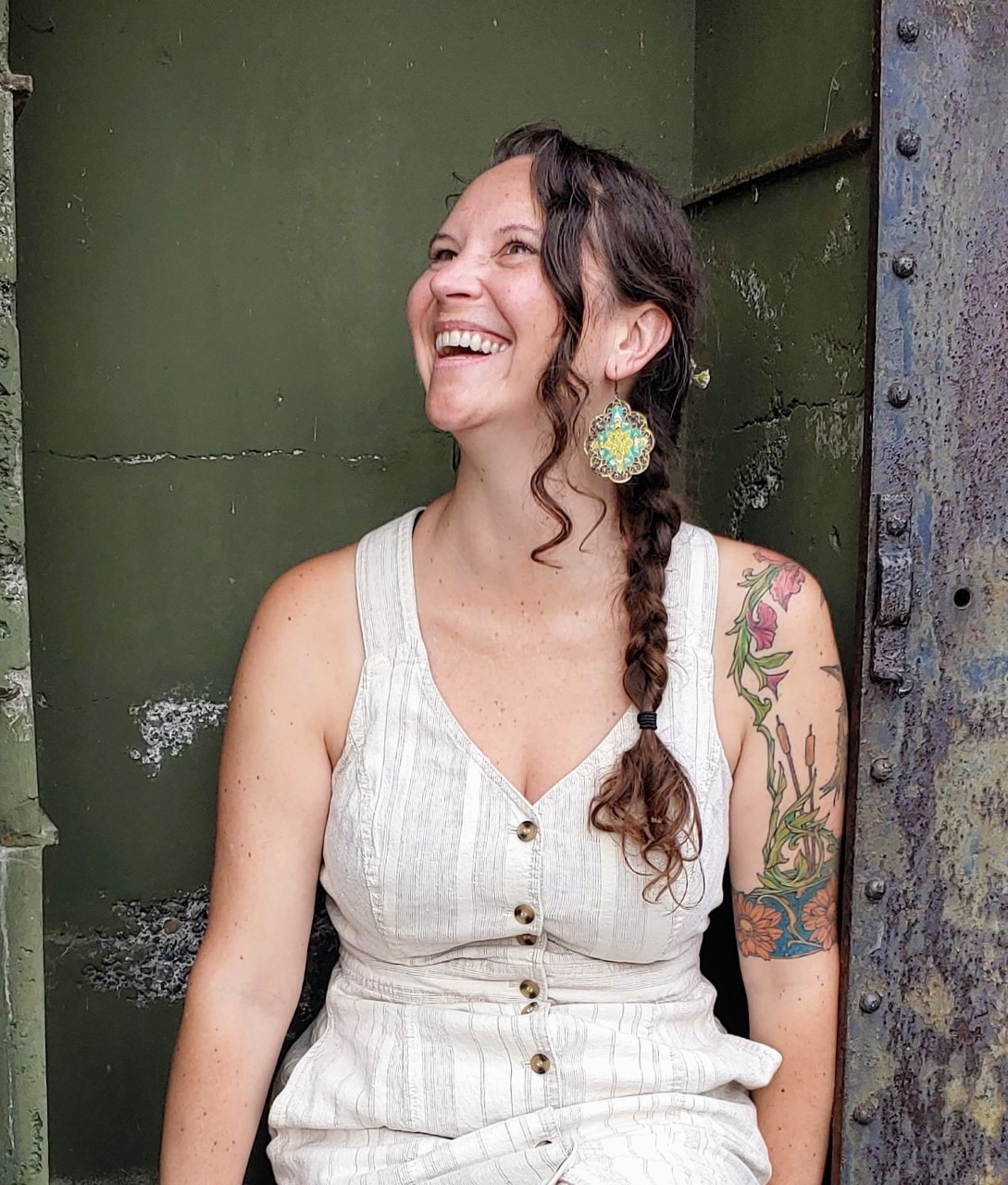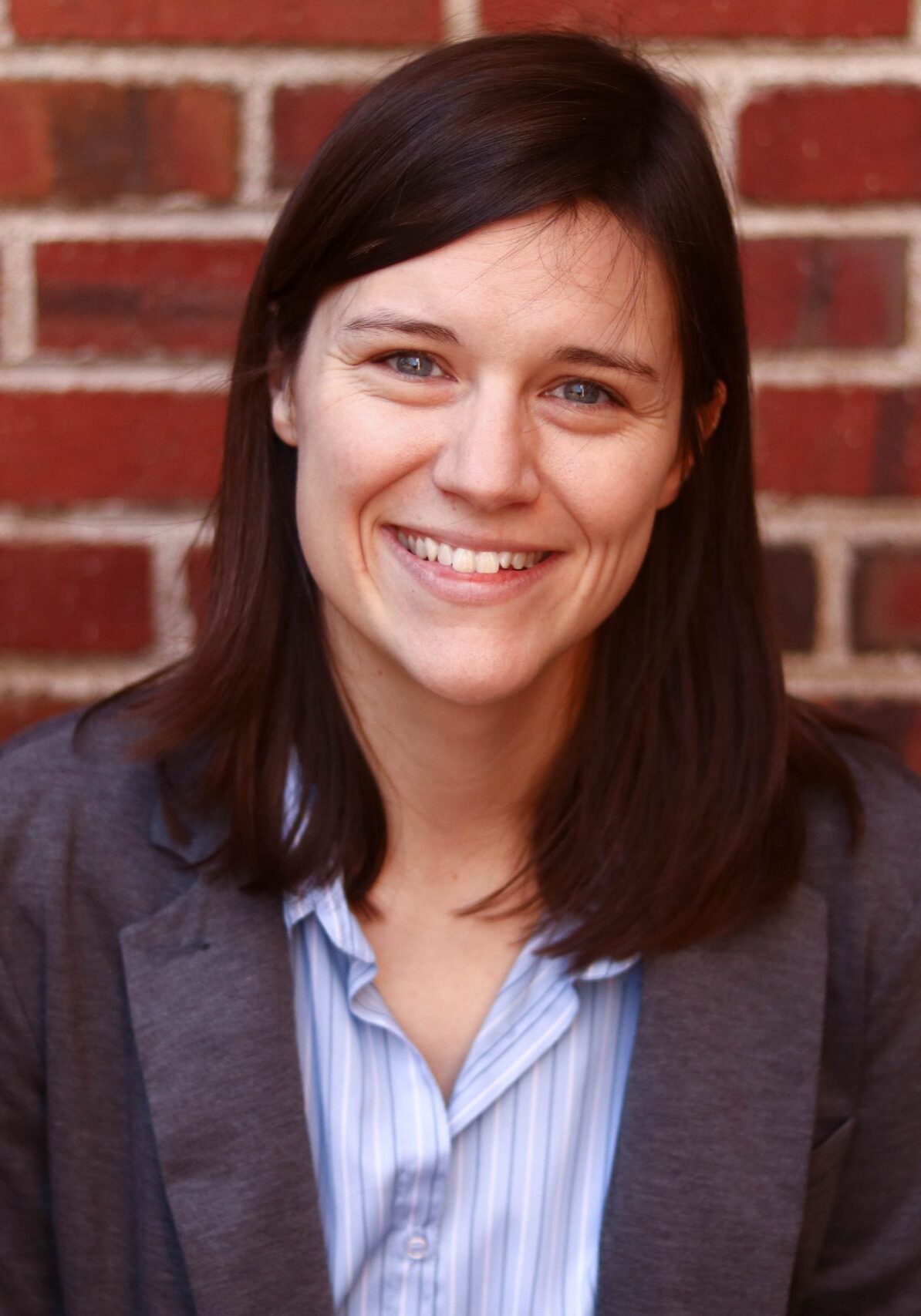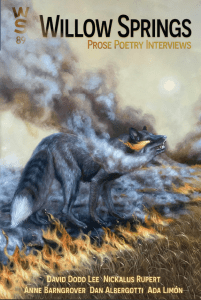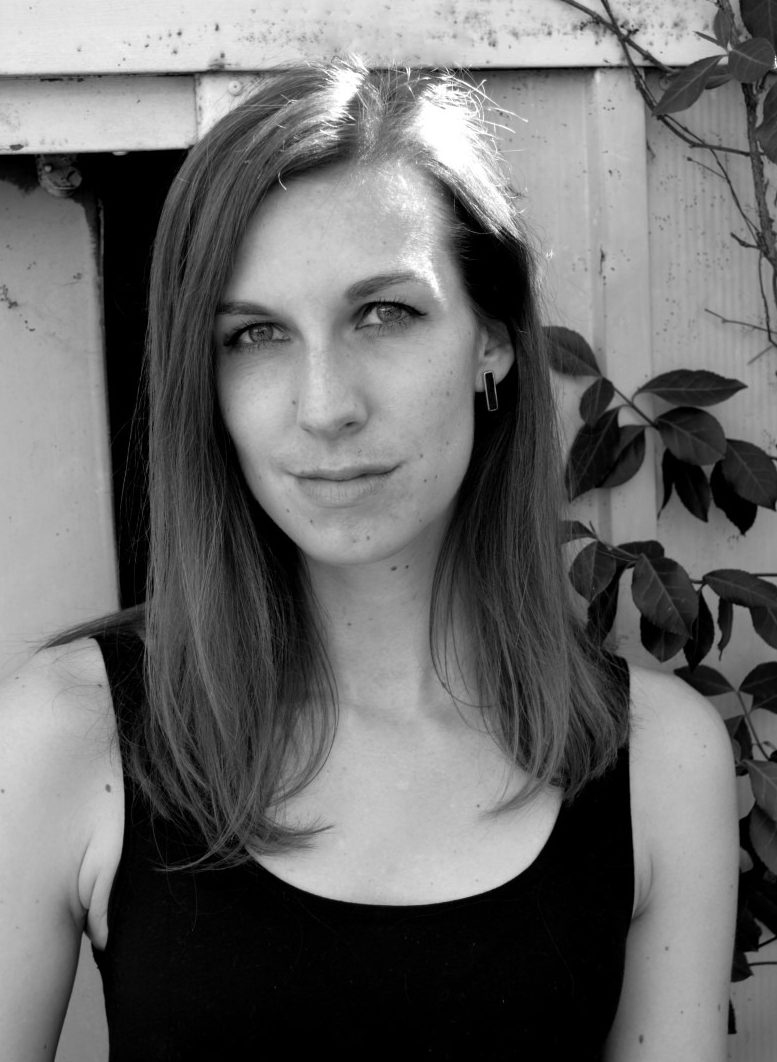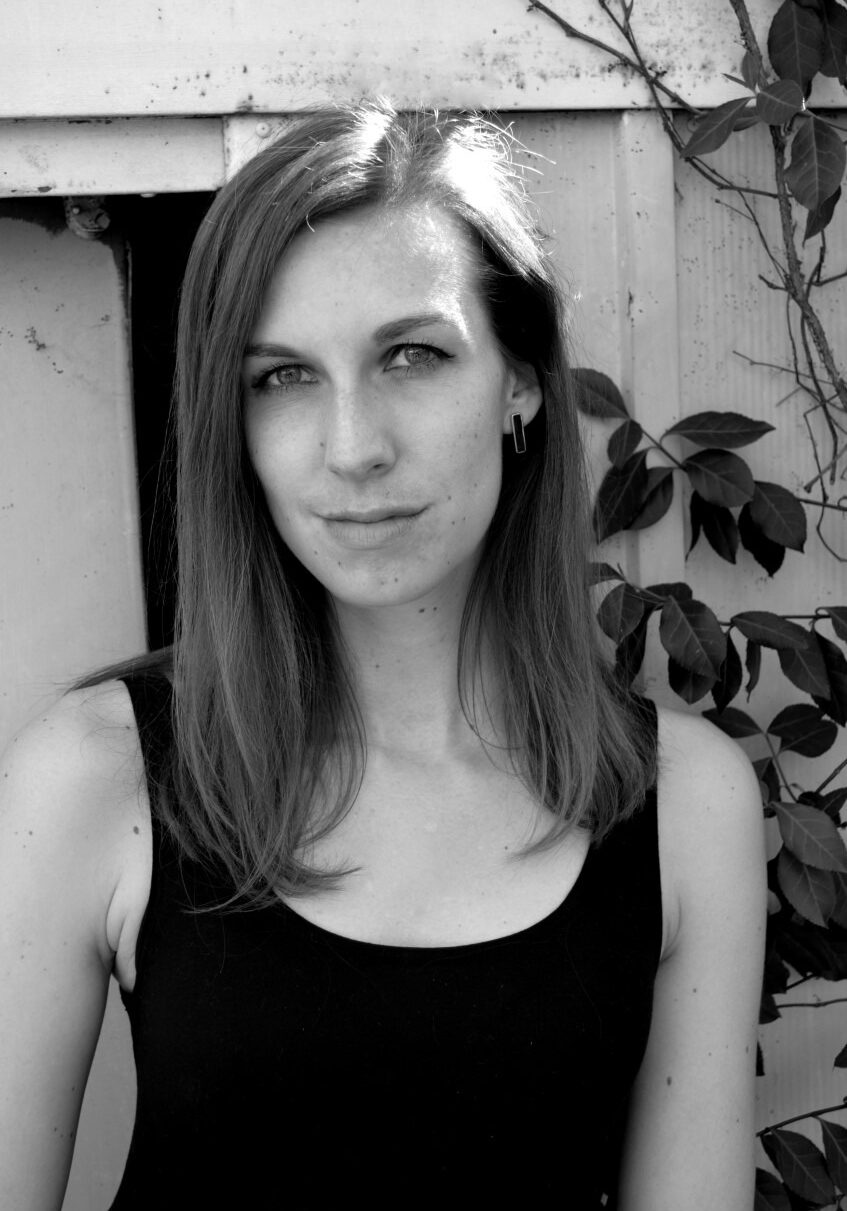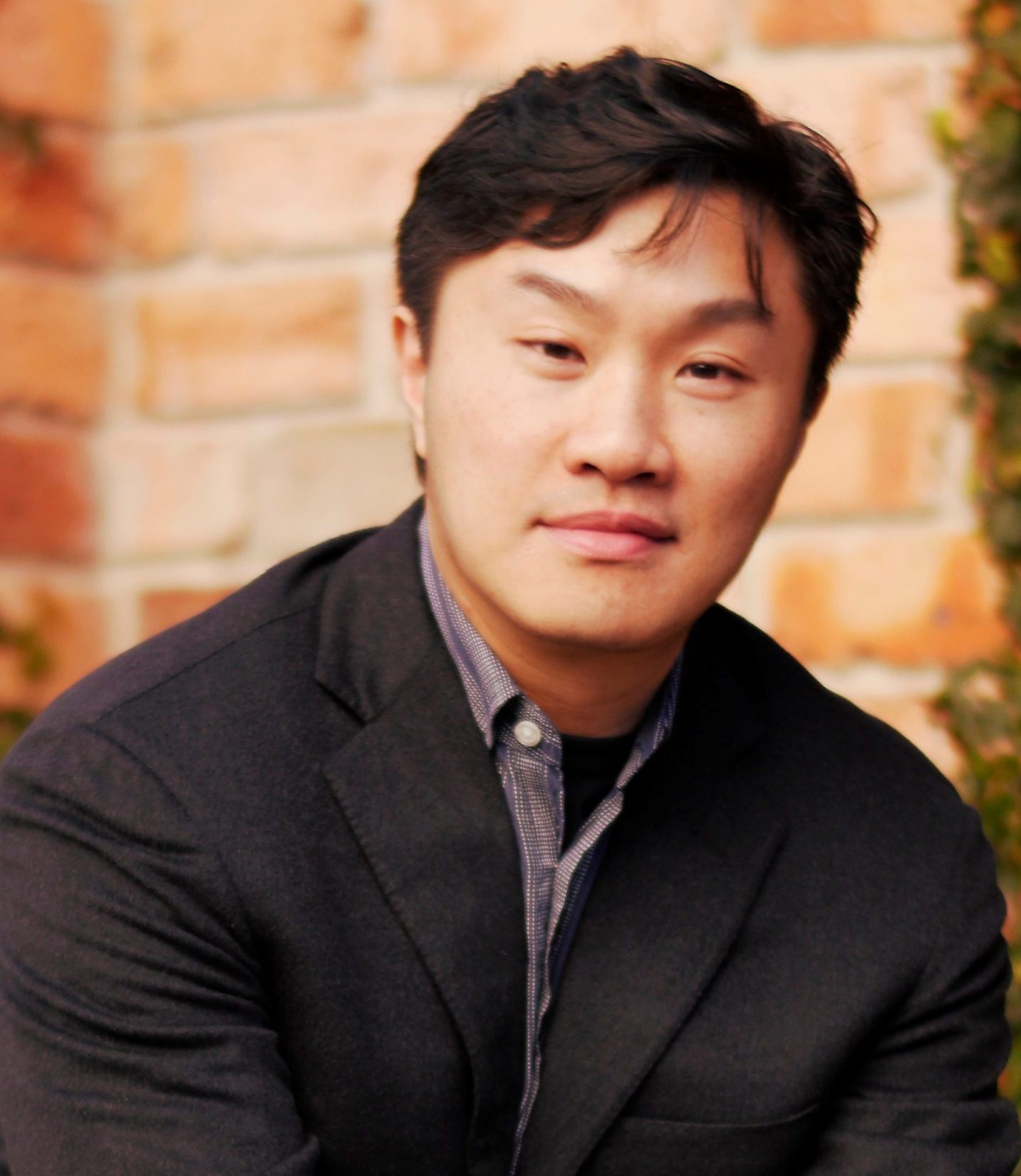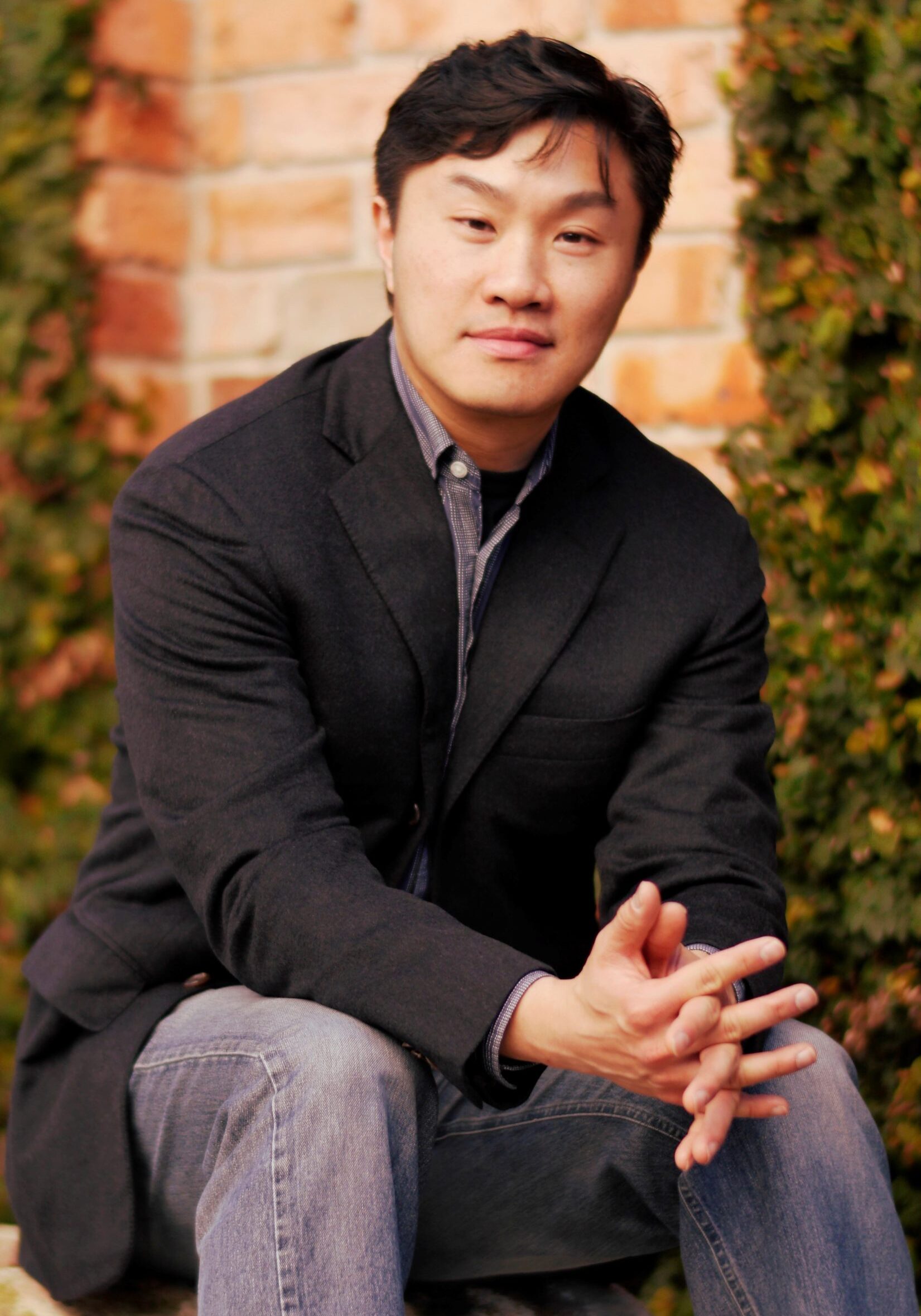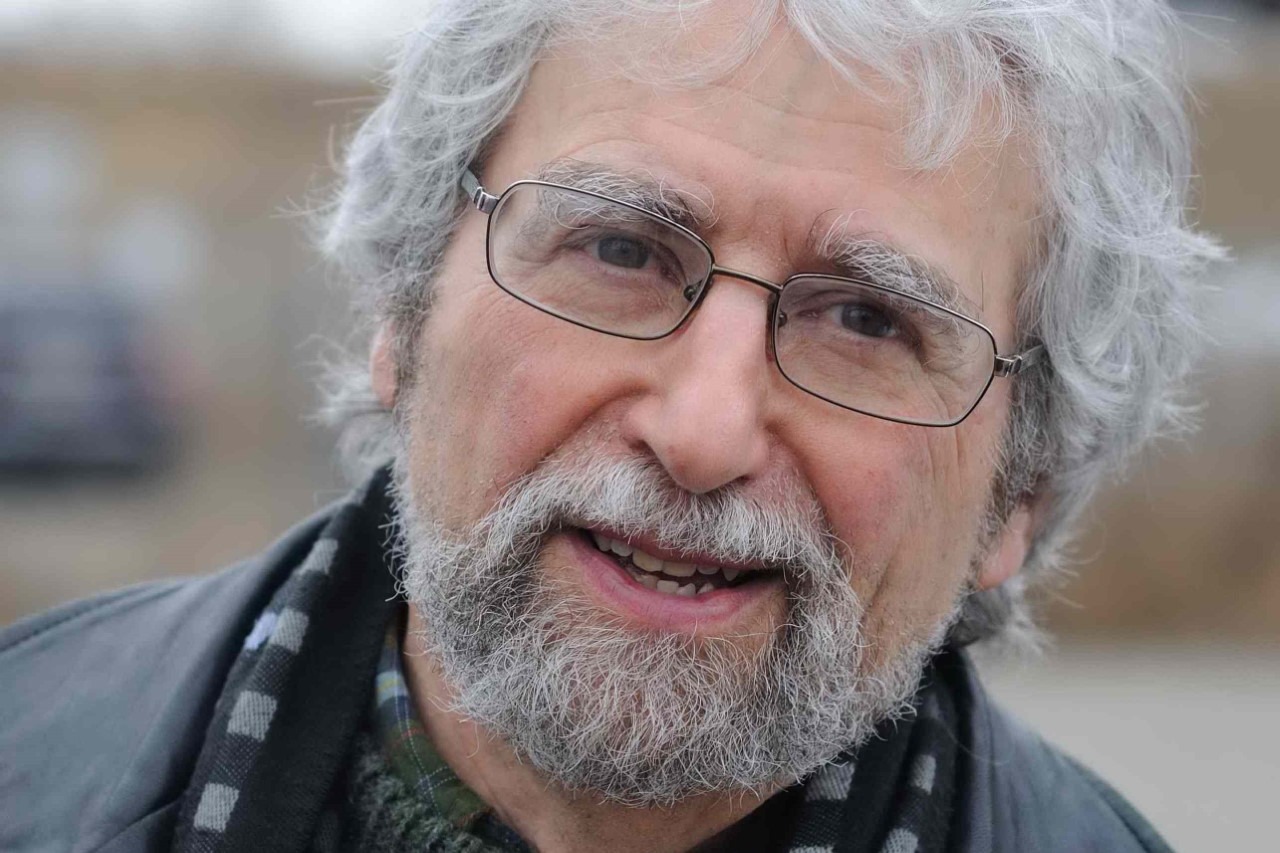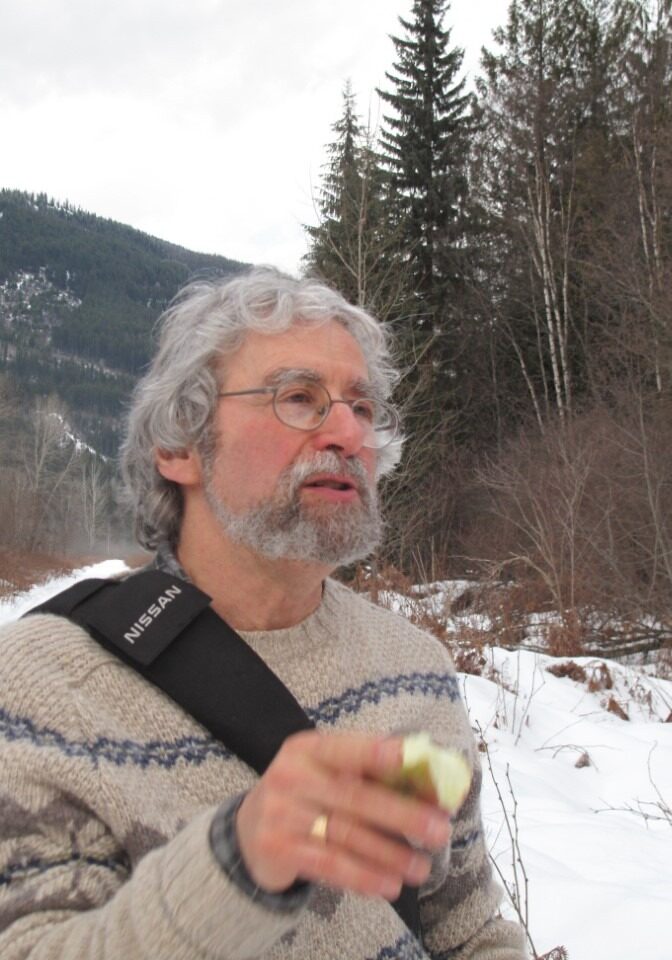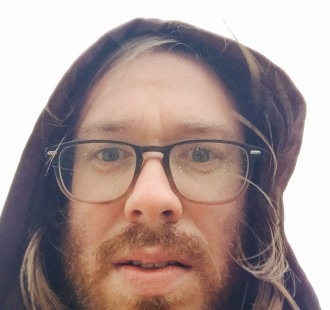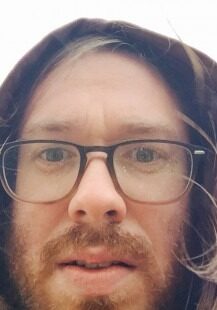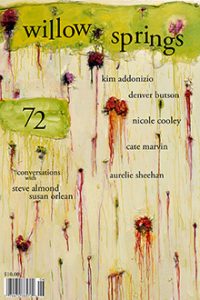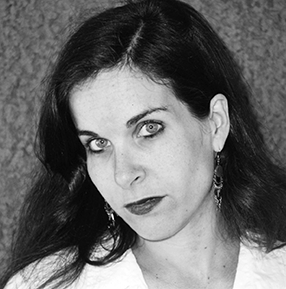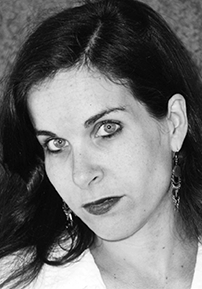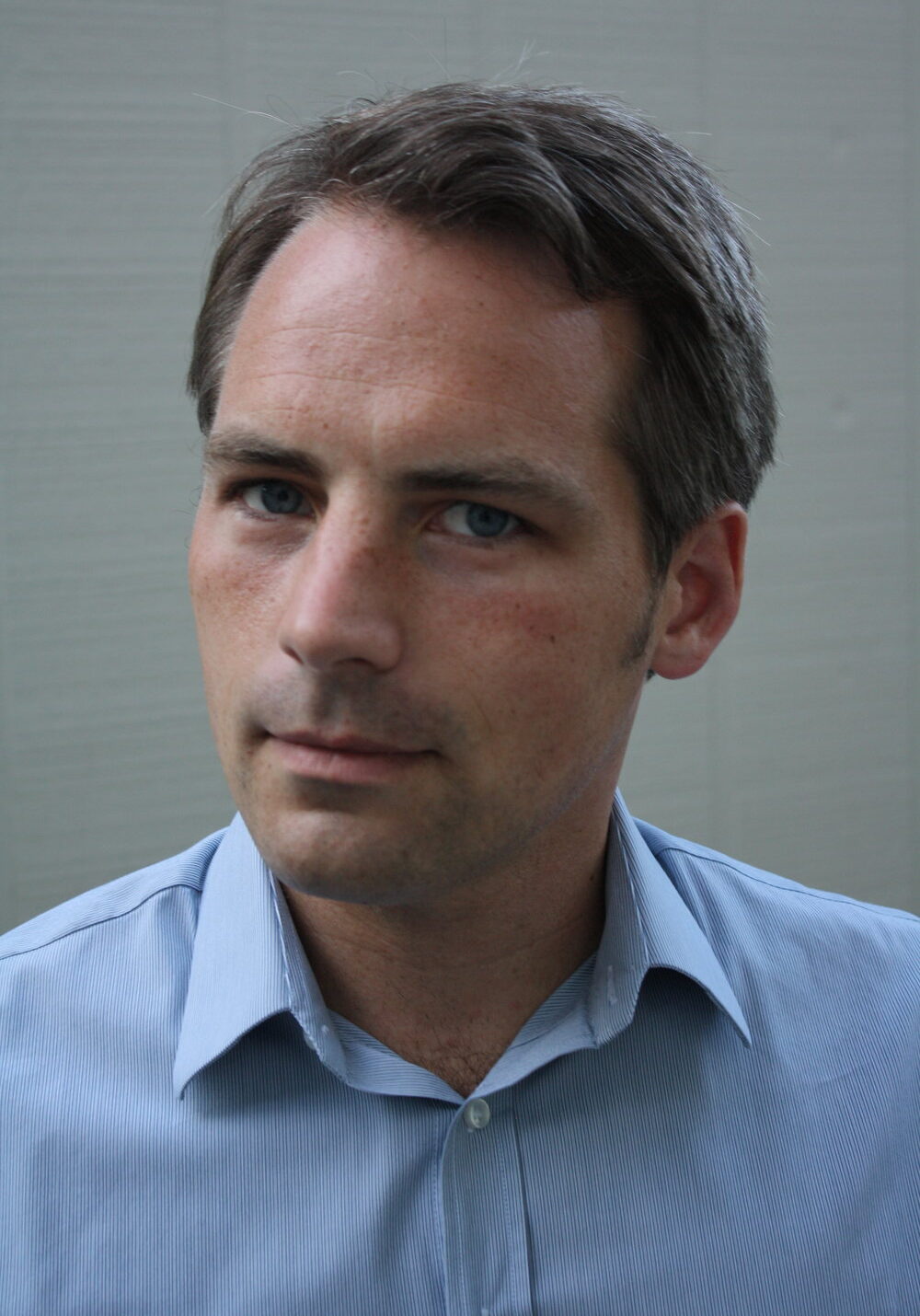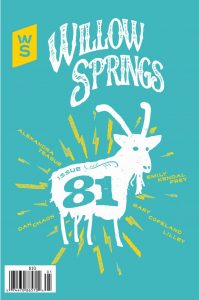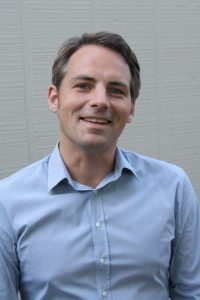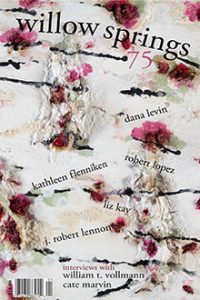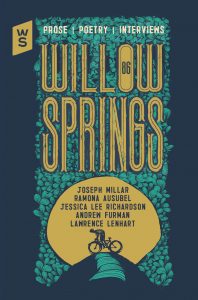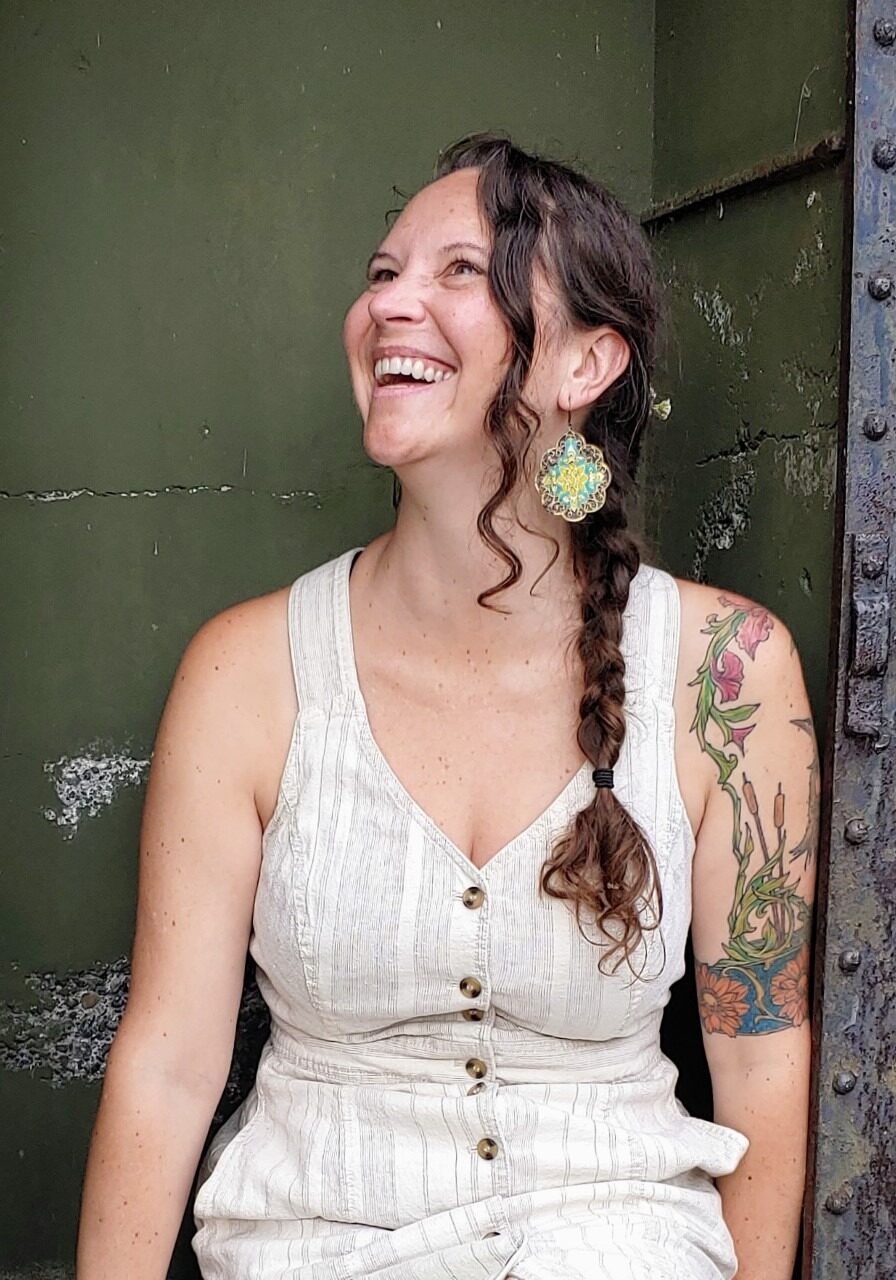
About Elizabeth Vignali
Elizabeth Vignali is the author of the poetry collection House of the Silverfish (Unsolicited Press 2021) and three chapbooks, the most recent of which is Endangered [Animal] (Floating Bridge Press 2019). Her work has appeared in Willow Springs, Poetry Northwest, Cincinnati Review, Mid-American Review, Tinderbox, The Literary Review, and elsewhere. She lives in the Pacific Northwest on the land of the Noxwsʼáʔaq and Xwlemi peoples, where she works as an optician, produces the Bellingham Kitchen Session reading series, and serves as poetry editor of Sweet Tree Review. You can find her on Instagram at: @Random_Acts_of_Lineness or at her website elizabethvignali.com.
A Profile of the Author
Notes on "Family History"
Like so many poems I write, “Family History” started out as a coping mechanism. I wrote it as a way to manage my unease over my sister’s hysterectomy, and as I wrote, it progressed into both a celebration of female animals’ life-giving organs and an elegy of the ones that fail us. Bodies are so incredibly complex, it frankly amazes me they work as often as they do. So much can go wrong. My sister’s uterus has caused her great pain throughout her life, and our mother died of endometrial cancer years after she survived breast cancer. It brought me a measure of comfort to imagine my sister’s surgery as an opportunity for them to connect once again.
Music, Food, Booze, Tattoos, Kittens, etc.
I’m a total procrastinator, so let me just tell you all the things I did instead of getting this little profile finished in a timely manner. I’ve started taking piano lessons again after a 20ish-year hiatus, so I worked on learning “My Father’s Favorite” from the 1995 movie Sense & Sensibility. In the garden, I rearranged a few of the boulders that used to hold our house up (now the house is on a real foundation, yay!) and planted daffodils and hyacinths all around them. I watched Six Feet Under and played the world-building game Civilization and listened to the podcast Heavyweight. I finally put away the clean laundry in the corner of my bedroom that the cat has adopted as her bed– but don’t worry, I left her a pile of mismatched socks she can still nestle in. I finished reading Hamnet, eventually stopped sobbing, and started reading The Yield. I made black bean and avocado enchiladas with mole. I embroidered glasses on a photo of Frida Kahlo. And then, having once again proven to myself that I’m never more productive than when I have something else I’m supposed to be doing, I sat down to write this.
Sorry, we couldn't find any posts. Please try a different search.
